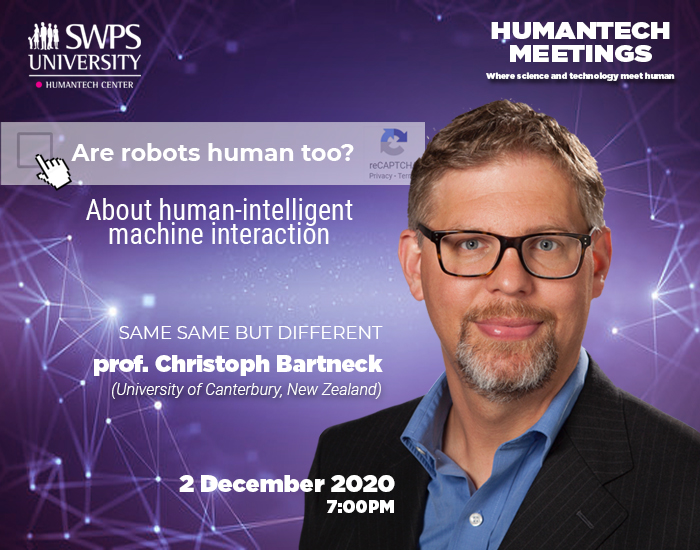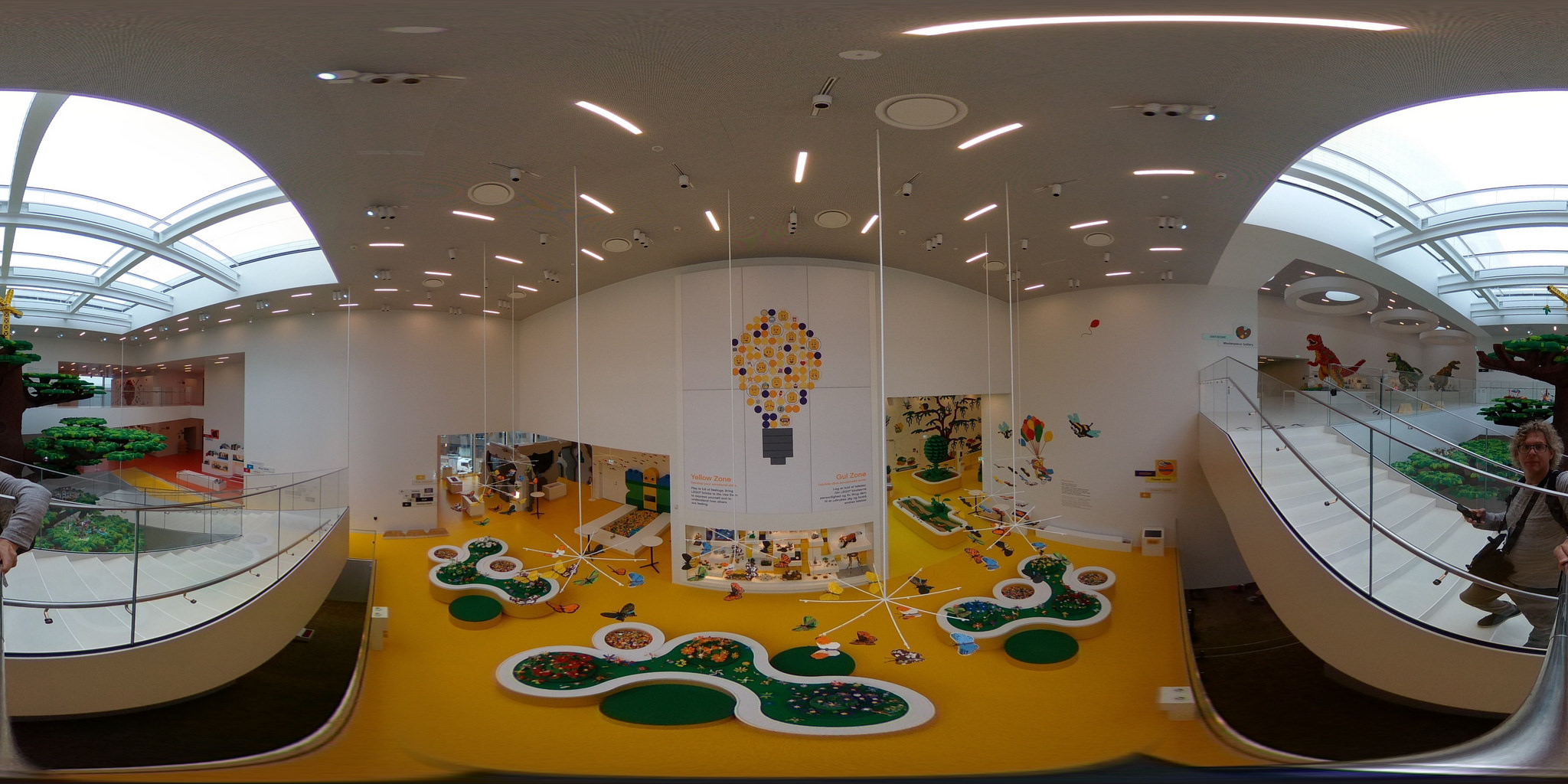I will be giving an invited talk at the HumanTech Meetings on December 2nd. This event will be in English with Polish live translations. You can join the meeting for free. The title of my talk will be “Same same but different”. Here is the abstract:
The idea of robots have inspired humans for generations. The Bank of Asia, for example, had commissioned a building that looks like robot to host its headquarters in Bangkok. This profound interest in creating artificial entities is a blessing and a curse for the study of human-robot interaction. On the one hand it almost guarantees a headline in newspapers, but on the other hand it biases all participants in the study. Still, almost all robots that made it out of the research labs and into the market failed. This talk with try to shine some light on why robots are so (un)popular.
The HumanTech event is focusing on “ARE ROBOTS HUMAN TOO? ABOUT HUMAN-INTELLIGENT MACHINE INTERACTION”.
Not so long ago, robots were the subject of sci-fi movies or production lines in some industries. Nowadays, the use of robots in hospitals, hotels or coffee shops has been gradually increasing. All over the world, cases of robot-related anxiety have been noted. Specialists even talk about robophobia – a strong fear of robots.
During the upcoming event in the HumanTech Meetings series, organized by SWPS University’s HumanTech Center for Social and Technological Innovation, two world-renowned scientists, Professor Christoph Bartneck, University of Canterbury, New Zeland, and Professor Agnieszka Wykowska, the Italian Institute of Technology, in Genoa, Italy, will tell us about their own experience of building difficult relations with robots. The meeting will be hosted by Dr. Konrad Maj.




